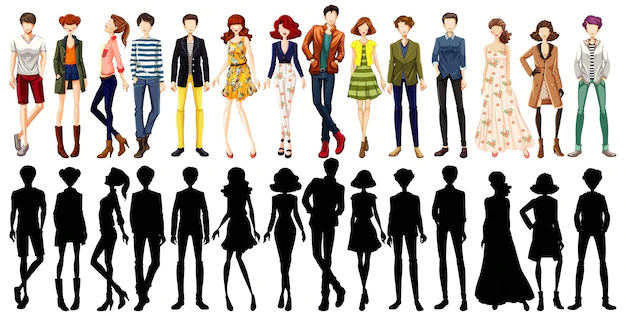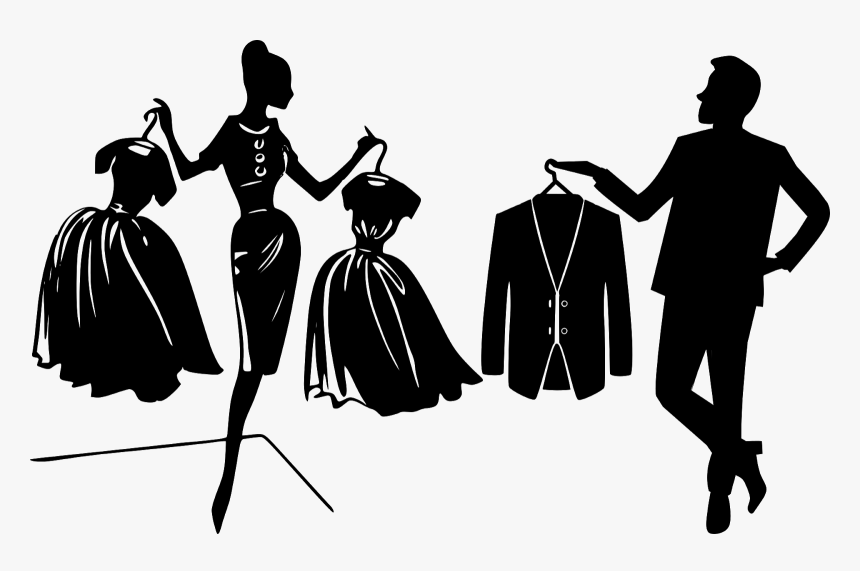Advanced Principles of Print Combination in Fashion Design
This article explores the sophisticated art of print mixing, providing a theoretical framework and practical applications for creating visually harmonious and stylish ensembles. We will examine established design principles and demonstrate their application through fifteen distinct approaches, empowering both experienced and aspiring fashion designers to elevate their aesthetic sensibility. The concepts of color theory, visual balance, and Gestalt principles will be central to understanding the underlying logic of successful print combinations.
1. Chromatic Harmony and Visual Unity: Successful print mixing begins with a foundational understanding of color theory. The application of analogous or complementary color schemes, as described in the color wheel model, ensures visual unity. Employing prints sharing a common hue, even with varying saturations and tints, creates a cohesive and sophisticated appearance. For instance, a combination of teal and turquoise prints, both residing within the same analogous color range, illustrates this principle. This approach avoids jarring chromatic dissonance and enhances the overall aesthetic coherence, as described by Gestalt principles of proximity and similarity.
2. Scale and Proportion in Visual Hierarchy: The principle of visual hierarchy guides the arrangement of different scale prints. Juxtaposing large-scale prints with smaller ones creates visual interest and directs the viewer's eye. For example, a bold, large-scale geometric pattern can be balanced by incorporating smaller-scale floral accents. This approach prevents visual overload, drawing from Gestalt principles of figure-ground relationships and creating a balanced, aesthetically pleasing composition.
3. Strategic Contrast and Pattern Juxtaposition: Exploring contrasting patterns such as stripes and florals, or checks and animal prints, introduces dynamism and unexpected visual harmony. The successful application of this strategy hinges on carefully managing color relationships to maintain visual equilibrium. This approach can be understood through Gestalt principles of closure and continuity, where the viewer's mind connects disparate elements based on perceived similarities and relationships, despite their differences. A well-executed contrast creates a unique and memorable aesthetic.
4. Principles of Visual Economy and Restraint: While experimentation is encouraged, adhering to the principle of visual economy is crucial. Limiting the number of prints in an ensemble to a maximum of three prevents visual clutter and maintains clarity. This follows the design principle of parsimony, avoiding unnecessary elements and focusing on essential design features. The result is a refined, sophisticated outcome which prevents visual chaos and cognitive overload.
5. Diversification of Pattern Types and Complexity: To avoid monotony, integrating diverse pattern types—geometric, floral, and abstract—enhances visual richness and complexity. This approach exemplifies a sophisticated understanding of pattern design principles, showcasing a curated and individualistic style. This creates dynamic interplay, avoiding visual stagnation and appealing to the Gestalt principle of Prägnanz, which favors simplicity and order in perception.
6. Neutral Anchors for Visual Stability: Utilizing neutral colors (black, white, beige, or navy) as a base creates a stable foundation that allows bolder prints to take center stage without overpowering the entire ensemble. This strategy leverages the concept of visual weight, where neutral colors serve as a grounding element, enhancing overall visual balance and emphasizing the focal prints, akin to negative space's role in design.
7. Strategic Use of Solid Colors as Transitional Elements: Solid-colored garments act as visual buffers, separating prints and creating visual breathing room. This design technique exemplifies the concept of visual segmentation, improving clarity and preventing visual fatigue. For example, a plain top between two patterned items enhances the appreciation of each pattern.
8. Expansion of Print Application to Accessories: Print mixing is not limited to garments. Strategically incorporating patterned accessories, like scarves or bags, adds subtle yet impactful visual interest, enhancing the overall coherence and adding individual flair. This broadens the application of design principles to the whole ensemble, creating a cohesive and complete aesthetic.
9. Harmonizing Print Scale and Density: Consistent scale and density in print selection ensures visual harmony and prevents the outfit from appearing visually unbalanced or conflicting. This exemplifies careful consideration of visual weight and proportion, creating a well-integrated and balanced design.
10. Introducing Texture for Multi-Sensory Appeal: Combining differing textures adds depth and visual complexity. This enhances the sensory experience beyond visual appeal alone and exemplifies design thinking that goes beyond the purely visual realm to appeal to different sensory modalities. For example, juxtaposing silk and wool creates a visually and texturally appealing combination.
11. Statement Pieces as Focal Points: A single, strong print can serve as the outfit's focal point. Supporting prints should complement rather than compete with the statement piece, guiding the viewer's eye to the dominant element and creating a clear visual hierarchy. This leverages the concept of visual dominance and focal points to orchestrate a balanced and purposeful aesthetic.
12. Subtlety of Tonal Variations: Employing prints within the same color family but varying in saturation and shade creates sophisticated ensembles. This mastery of color nuances showcases an advanced understanding of color theory and creates a refined, understated elegance.
13. Biomimicry and Natural Inspiration: Drawing inspiration from natural patterns – floral, animal, or leaf prints – provides a cohesive thematic unity. This approach exemplifies biomimicry, utilizing nature's designs for aesthetic and functional inspiration. The result is a balanced design that feels organic and harmonious.
14. Confidence as a Design Element: Self-assurance enhances the overall impact of any ensemble. This intangible element is critical in successfully pulling off bold print combinations, conveying a strong sense of personal style and confidence.
15. Iterative Design and Experimentation: The iterative process of experimentation is key to developing an individual approach to print mixing. This emphasizes the value of continuous learning and adaptation in mastering this design approach, acknowledging that skill is honed through trial and error. Embracing risk and trying new combinations refines personal style and results in unique aesthetics.
Conclusions and Recommendations: Mastering print mixing involves a profound understanding of design principles, including color theory, visual balance, and Gestalt principles. This article provides a comprehensive framework for approaching print combinations systematically. We recommend further research into advanced color theory, pattern design, and the application of Gestalt principles in visual art. By integrating these principles, designers can create visually compelling and innovative print combinations. The successful application of these techniques offers broad impacts: enhancing personal style, boosting confidence, and fostering greater creative expression. The study of print mixing can be applied across various design disciplines, including fashion, textiles, graphic design, and interior design.
Reader Pool: How might the principles of Gestalt psychology be further applied to enhance the effectiveness of print combination strategies in fashion design?



